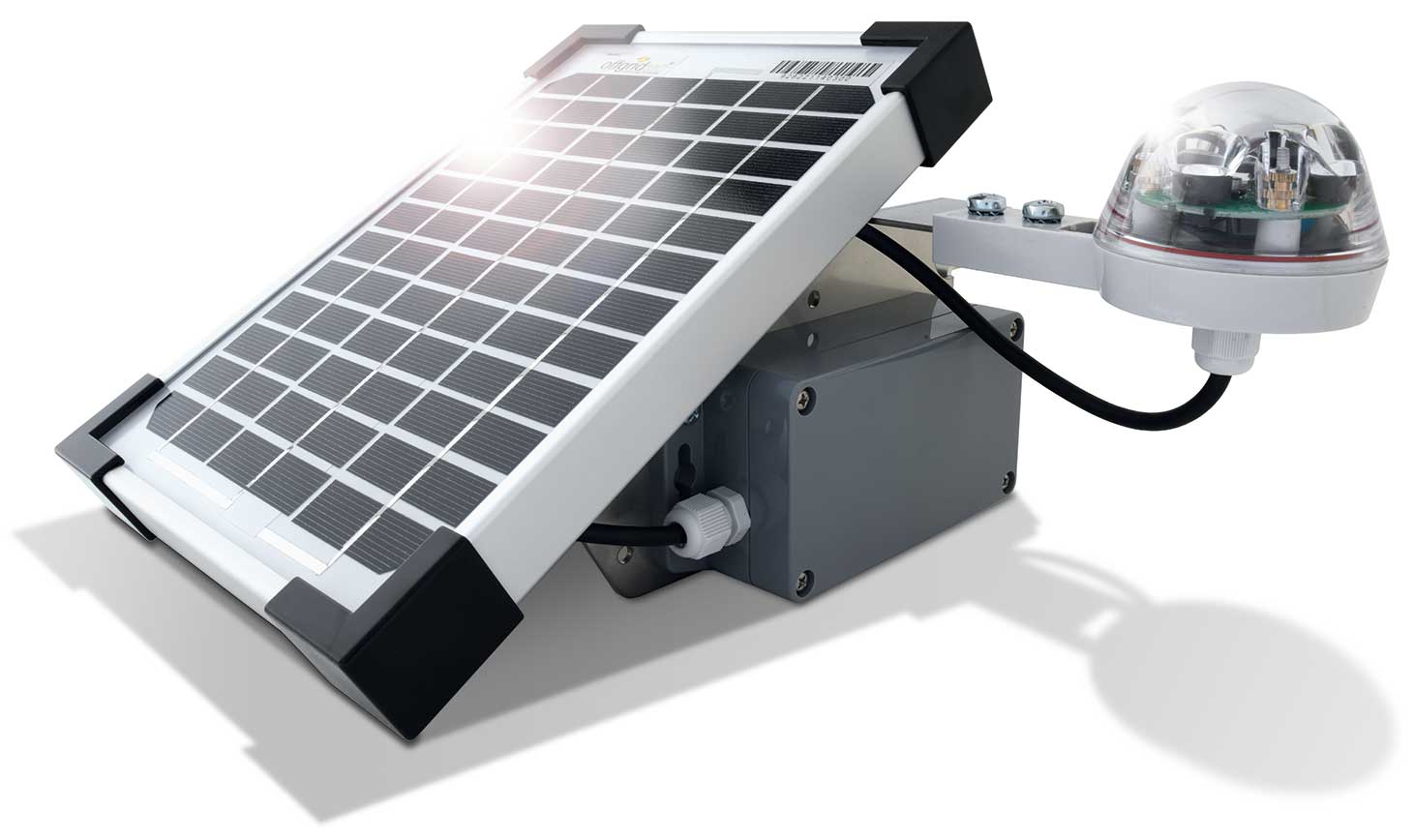menu
M E N U
Installation of NIVUS RAIN
NIVUS takes care of the entire process from pre-planning and sensor installation to the operation of the NIVUS RAIN alarm system. Our well-organised service includes a comprehensive site analysis and a detailed analysis of existing relevant data and communication infrastructure. Based on these analyses, we develop a detailed plan for the implementation of the system. We also take care of setting up the data streams to ensure that you always have access to the relevant information. With NIVUS RAIN, you not only get a reliable system, but also a trustworthy partner for the entire operational life of the alarm system for your region.
Self-sufficient sensors for NIVUS RAIN
The NIVUS RAIN system works completely independently of external energy sources because the sensors, transmission unit and solar panel are combined in a pre-assembled device. Technically skilled employees can easily install this device on lampposts or street posts after a short training session, without the need for any special qualifications. The system is activated on site. It is operated from the online control software. Installation and setup is completed in a very short time. A continuous energy supply is guaranteed by an internal battery and solar panel.


4 Steps - From planning to implementation of NIVUS RAIN
STEP 1
Exact site analysis
The local authority has already developed hazard maps for heavy rainfall and carried out a detailed risk analysis. The first step is to optimise the NIVUS RAIN system based on this data. This includes a site analysis with the topographical conditions, past events and potential drainage patterns. The positioning of the sensors is determined on this basis. If available, existing monitoring networks in the city are also included in the planning in order to maximise the efficiency of the system.
STEP 2
Analysis of data infrastructure
The next step is to review and evaluate existing measurement data and communication infrastructure in order to evaluate their use and suitability for NIVUS RAIN. The data availability and quality of existing sensors and the possibilities of connecting them to the local LoRaWAN network or public LPWAN structures will be checked.
STEP 3
Operational Planning
At the end of the planning phase, we start with the operational planning. That includes the actual installation of the sensors and setting up the NIVUS RAIN system for the municipality. The user interfaces are also defined at this stage. In addition, the supporting measures are discussed to ensure that all involved and affected people are informed about the benefits and possibilities of the NIVUS RAIN system.
STEP 4
Commisioning of NIVUS RAIN
The sensors are installed by the NIVUS team (e.g. on lampposts) and commissioned in cooperation with the local authorities. A project manager is responsible for coordinating all activities from the beginning up to the end. After the work has been completed, the central user groups receive instructions on the use of NIVUS RAIN. If neighbouring municipalities decide to use NIVUS RAIN at a later date, it is very easy to connect the monitoring areas In this way, municipalities can benefit from each other and maximise pre warning times.

Contact us now for more information and let's work together for the protection and safety of your community!


